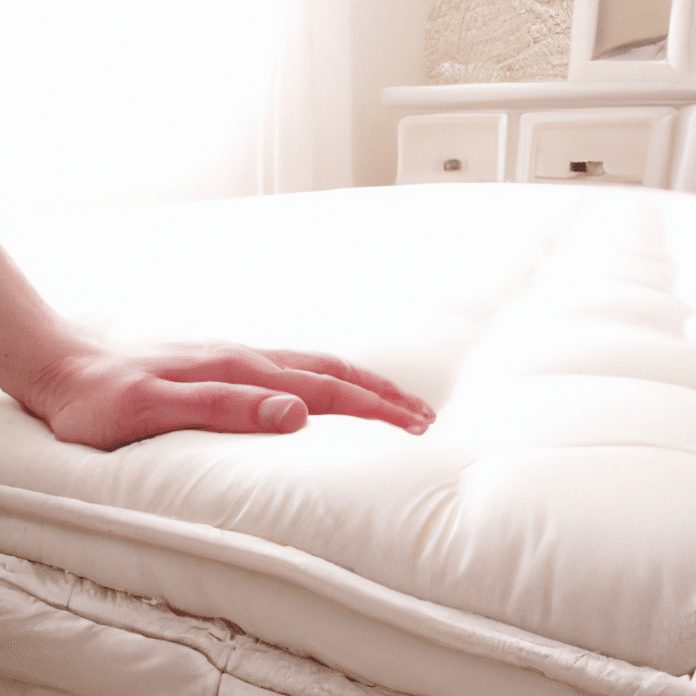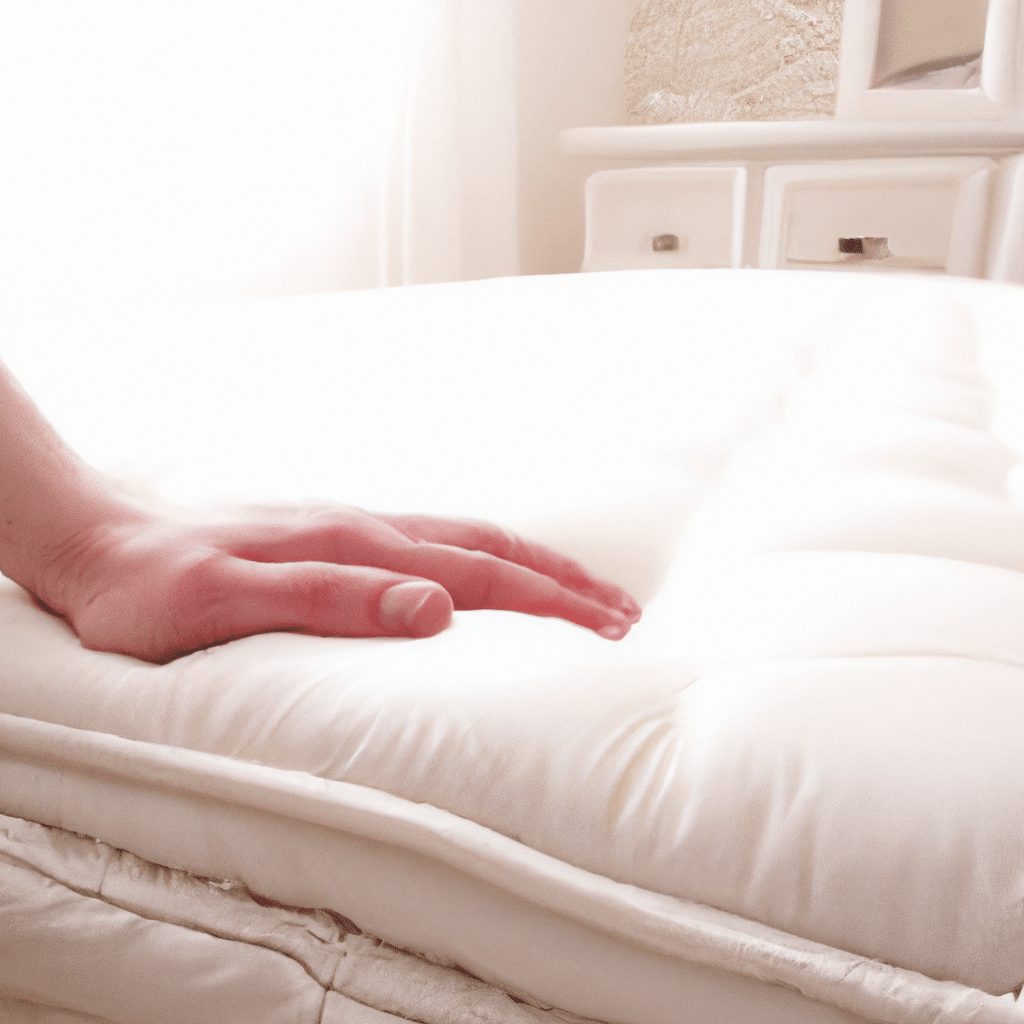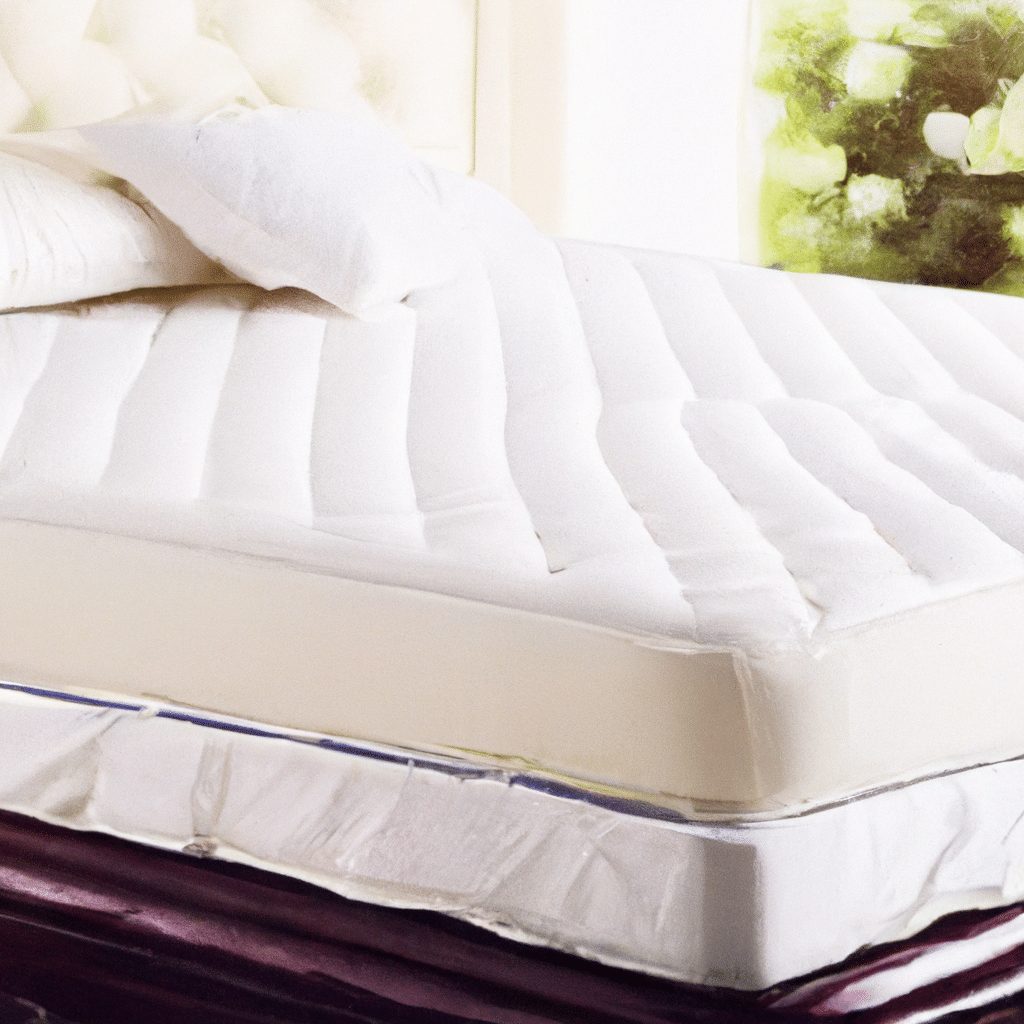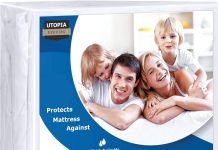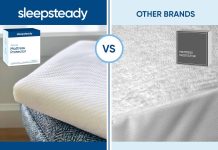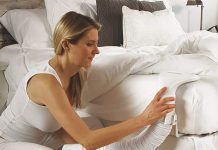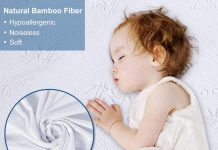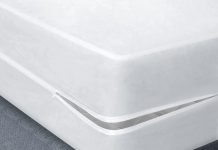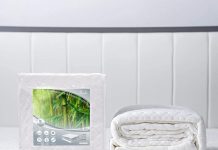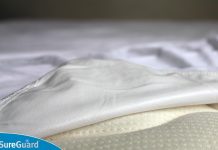In this article, we explore an age-old question that many mattress owners have pondered: do mattress protectors change the feel of your mattress? We all want to protect our investment and prolong the life of our beloved mattresses, but without compromising on comfort. Join us as we uncover the truth behind this common concern and discover whether mattress protectors truly alter the feel of our sleeping surface. So, sit back, relax, and let us guide you through this fascinating exploration.
Review contents
What is a mattress protector?
Definition of mattress protector
A mattress protector is a removable cover that is placed on top of a mattress to provide an additional layer of protection. It is designed to shield the mattress from spills, stains, allergens, dust mites, and other potentially damaging factors.
Purpose of a mattress protector
The main purpose of a mattress protector is to prolong the lifespan of the mattress by preventing it from getting dirty or damaged. It acts as a barrier against spills, stains, sweat, and allergens, keeping the mattress clean and hygienic. Additionally, mattress protectors can enhance comfort, regulate temperature, and improve overall sleep quality.
Types of mattress protectors
Fitted sheet style protectors
Fitted sheet style mattress protectors are the most common type. They resemble a fitted sheet, with elasticized corners that securely wrap around the mattress. These protectors are easy to install and remove, making them convenient for regular cleaning. They provide a snug fit and are available in various materials such as cotton, polyester, and bamboo.
Zippered encasement protectors
Zippered encasement protectors offer full coverage for the entire mattress, encasing it completely. They have a zipper closure that ensures a tight seal, protecting the mattress from bed bugs, dust mites, and allergens. These protectors are ideal for people with allergies or asthma. However, they can be a bit more challenging to put on and take off compared to fitted sheet style protectors.
Quilted mattress toppers
Quilted mattress toppers serve a dual purpose, offering both protection and added comfort. They are filled with soft padding, providing a plush feel and extra cushioning to the mattress. These protectors are usually attached to the mattress with elastic straps or pockets. They are a good option for those looking to enhance the comfort of their mattress while still protecting it from spills and stains.
How do mattress protectors work?
Barrier against allergens and dust mites
A mattress protector acts as a physical barrier, preventing allergens such as dust mites, pollen, and pet dander from settling into the mattress. These microscopic particles can trigger allergies and respiratory issues, so a mattress protector can help create a healthier sleeping environment for those with sensitivities or allergies.
Protection against spills and stains
One of the primary functions of a mattress protector is to safeguard the mattress against spills and stains. Accidental spills, bedwetting, and even perspiration can leave unsightly marks on the mattress. With a mattress protector in place, any liquids are absorbed by the protector instead of seeping into the mattress, making it easier to clean and maintain.
Breathability and temperature regulation
A good mattress protector maintains breathability and temperature regulation. It allows air to circulate through the mattress, preventing heat retention and promoting a cooler sleep surface. Some mattress protectors incorporate moisture-wicking fabrics or have breathable membranes to enhance airflow and provide a more comfortable sleeping experience.
Factors that can affect the feel of your mattress
Material of the mattress protector
The material of the mattress protector can influence the feel of the mattress. Different materials have varying textures and levels of softness. For example, a cotton mattress protector would have a softer and more breathable feel compared to a polyester or waterproof protector. It is important to choose a material that complements the comfort and support provided by the mattress.
Thickness and density of the protector
The thickness and density of the mattress protector can also impact the feel of the mattress. Thicker protectors may add an extra layer of cushioning, which can make the mattress feel slightly softer. However, thicker protectors may also reduce the responsiveness of the mattress, affecting the overall comfort and support. It is essential to find a balance between protection and maintaining the desired feel of the mattress.
Tightness of fit
The tightness of the fit between the mattress protector and the mattress can affect the feel of the mattress. A loose or ill-fitting protector may create a wrinkled or uneven surface, causing discomfort. On the other hand, a tight and secure fit ensures that the protector stays in place, maintaining the integrity of the mattress and providing a smoother sleeping surface.
Additional features
Some mattress protectors come with additional features that can impact the feel of the mattress. For example, quilted mattress toppers provide an extra layer of cushioning and softness. Waterproof protectors may have a slightly different texture due to the waterproof membrane. It is important to consider these features and how they might affect the overall feel and comfort of the mattress.
Material options for mattress protectors
Cotton mattress protectors
Cotton mattress protectors are highly popular due to their softness, breathability, and natural properties. They offer a comfortable and cool sleeping surface while providing protection against spills and stains. Cotton is hypoallergenic and gentle on the skin, making it a suitable option for individuals with allergies or sensitive skin.
Polyester mattress protectors
Polyester mattress protectors are known for their durability and affordability. They offer a smooth and sleek surface that is resistant to wrinkles and creases. Polyester protectors are often blended with other materials to enhance their performance, such as adding moisture-wicking properties or improving breathability.
Bamboo mattress protectors
Bamboo mattress protectors are emerging as a popular eco-friendly option. Bamboo fibers are naturally breathable, moisture-wicking, and hypoallergenic. They offer a soft and silky feel, ensuring a comfortable and hygienic sleep environment. Bamboo protectors are also known for their sustainability and antibacterial properties.
Waterproof mattress protectors
Waterproof mattress protectors are designed to protect the mattress from spills, bedwetting, and other liquid accidents. They usually have a waterproof membrane or backing that prevents any liquids from seeping into the mattress. Waterproof protectors can be made from various materials such as polyester, vinyl, or polyurethane.
Hypoallergenic mattress protectors
Hypoallergenic mattress protectors are specially designed to minimize allergens and provide a healthy sleep environment. They are typically made from materials that are resistant to allergens such as dust mites, mold, and bacteria. Hypoallergenic protectors are a great choice for individuals with allergies or asthma and can help alleviate symptoms such as sneezing or congestion.
Impact on mattress firmness
Possibility of slight firmness increase
Using a mattress protector can potentially increase the firmness of the mattress. Thicker protectors or those made from denser materials may add a slight firmness to the overall feel. However, the increase in firmness is usually minimal and may not be noticeable to most sleepers.
Potential decrease in responsiveness
Some mattress protectors, especially those with thicker padding or encasement style protectors, can reduce the responsiveness of the mattress. This means that the mattress might have less bounce or springiness when pressure is applied. However, the impact on responsiveness is subjective and may vary depending on the specific mattress protector and the mattress itself.
Minimal impact on overall comfort
In general, a well-fitted and suitable mattress protector should have minimal impact on the overall comfort of the mattress. With the right choice of material, thickness, and fit, the protector should enhance the comfort of the sleep surface without significantly altering the original feel of the mattress.
Alterations in mattress breathability
Potential heat retention
Some mattress protectors, especially those made from materials with low breathability, can trap heat and potentially lead to discomfort during sleep. This is more common with waterproof protectors or those with non-breathable membranes. It is important to choose a mattress protector that promotes airflow and allows heat to dissipate, ensuring a comfortable and cool sleeping environment.
Importance of choosing breathable materials
When selecting a mattress protector, it is crucial to consider the breathability of the materials used. Fabrics such as cotton and bamboo are naturally breathable and allow air to circulate through the mattress, preventing heat buildup. Moisture-wicking properties and breathable membranes can also help regulate temperature and promote a more comfortable sleep experience.
Noise and movement transfer
Effect on noise production
Certain mattress protectors, particularly those made from waterproof materials or with plastic components, can produce noise when moving on the mattress. This can be disruptive and affect overall sleep quality. However, many mattress protectors now come with noise-reducing technologies or noiseless fabrics to minimize any sound disturbances.
Influence on motion isolation and partner disturbance
Mattress protectors can have a positive impact on motion isolation by absorbing and dispersing movement across the surface of the mattress. This can reduce partner disturbance and improve sleep quality, especially for individuals sharing a bed. Look for mattress protectors specifically designed for motion isolation if this is a priority for you.
Additional features of mattress protectors
Enhanced mattress hygiene
In addition to protecting the mattress from spills and stains, mattress protectors contribute to enhanced mattress hygiene. They create a barrier that prevents dust, dead skin cells, and other allergens from building up within the mattress. Regularly washing and maintaining the mattress protector further promotes cleanliness and prolongs the lifespan of the mattress.
Added comfort and cushioning
Many mattress protectors, especially those with quilted or padded designs, offer additional comfort and cushioning. They can create a soft and plush feel, enhancing the overall comfort of the mattress. Quilted mattress toppers, in particular, provide an extra layer of cushioning and can be a great option for those who prefer a softer sleep surface.
Conclusion
Mattress protectors play a crucial role in preserving the cleanliness and longevity of a mattress. They act as a barrier against allergens, stains, spills, and other potentially damaging factors. While they can slightly impact the firmness and breathability of the mattress, a well-chosen mattress protector should have minimal effect on the overall feel and comfort. By choosing the right material, thickness, and fit, mattress protectors enhance the hygiene, comfort, and durability of the mattress, ensuring a pleasant and rejuvenating sleep experience.

